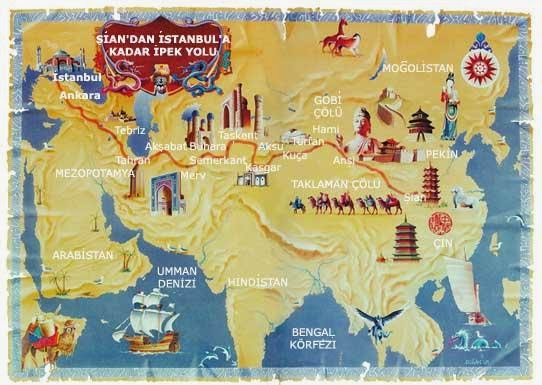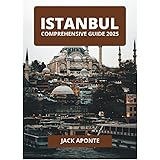3 entries found
azure (n.)“sky-blue color; pigment or paint made of powdered lapis lazuli,” early 14c., from Old French azur, asur, a color name (12c.), from a false separation of Medieval Latin lazur, lazuri (as though the -l- were the French article l’), which comes from Greek lazour, from Persian lajward, from Lajward, a place in Turkestan mentioned by Marco Polo, where the stone was collected.
Tocharian in reference to an extinct people and Indo-European language of Chinese Turkestan, 1927, from French tocharien, from Greek Tokharoi (Strabo), name of an Asiatic people who lived in the Oxus valley in ancient times. Earlier Tocharish (1910), from German tocharisch. The identification of this culture with the people named by Strabo was suggested in 1907 by F.W.K. Müller and “is obviously erroneous” (Klein).
greenish-blue precious stone, 1560s, from French, replacing Middle English turkeis, turtogis (late 14c.), from Old French fem. adjective turqueise “Turkish,” in pierre turqueise “Turkish stone,” so called because it was first brought to Europe from Turkestan or some other Turkish dominion. Cognate with Spanish turquesa, Medieval Latin (lapis) turchesius, Middle Dutch turcoys, German türkis, Swedish turkos. As an adjective, 1570s. As a color name, attested from 1853. “Chemically it is a hydrated phosphate of aluminum and copper” [Flood].





















